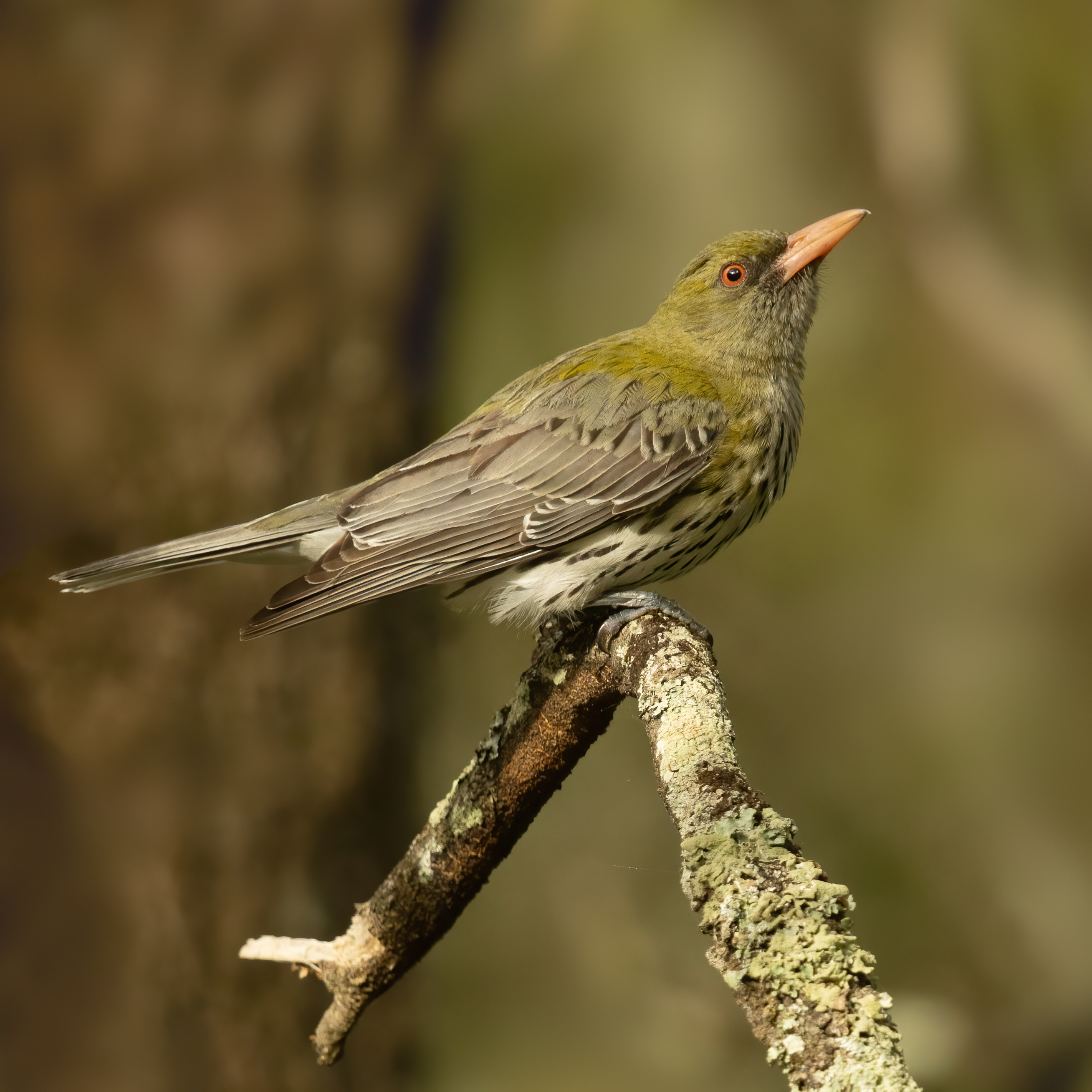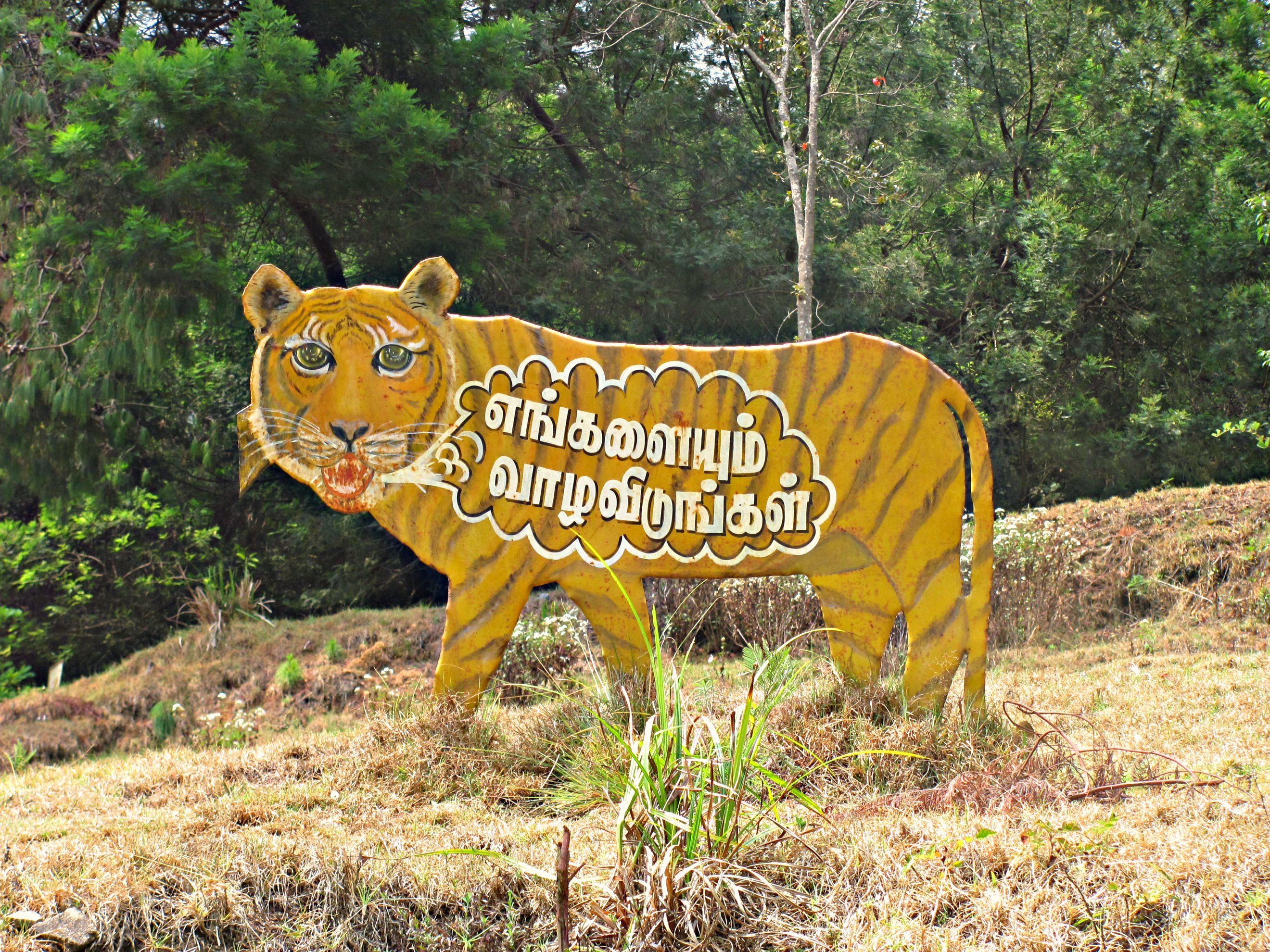|
Isabela Oriole
The Isabela oriole (''Oriolus isabellae'') is a species of the oriole family endemic to Luzon in the Philippines. It is an oriole identified by its yellowish green plumage and a very large gray bill. This species was presumed to be extinct for many years until its rediscovery in December 1993 near Diffun, Quirino, and in Mansarong in September 1994. Additional sightings were made in San Mariano, Isabela. and Baggao, Cagayan Valley It It is found in moist lowland forest up to 440 masl. It is critically endangered with estimates of just 50 to 250 mature individuals remaining. It is threatened by habitat loss and hunting. Description and taxonomy It is described on EBird as "A medium-sized bird of lowland forest, including secondary habitats and bamboo in northern Luzon. Yellow underparts blend into olive upperparts. Bill fairly long and silver. Forages for fruit and insects, sometimes in mixed-species flocks. Similar to White-lored Oriole, but slightly larger, with a silver ra ... [...More Info...] [...Related Items...] OR: [Wikipedia] [Google] [Baidu] |
William Robert Ogilvie-Grant
William Robert Ogilvie-Grant (25 March 1863 – 26 July 1924) was a Scottish ornithologist. Early life and education Grant was born on 25 March 1863 as the second son of Capt. the Hon. George Henry Essex Ogilvy-Grant, of Easter Elchies, Craigellachie, Scotland, of the 42nd Regiment of Foot, 42nd Highlanders, sixth son of Francis Ogilvy-Grant, 6th Earl of Seafield, and daughter of Sir William Gordon-Cumming, 2nd Baronet. Ogilvie-Grant was educated at Fettes College, Edinburgh, where he studied zoology and anatomy. He also studied at Cargilfield Preparatory School. Career In 1882 he became an Assistant at the Natural History Museum, London, Natural History Museum. He studied ichthyology under Albert C. L. G. Günther, and in 1885 he was put in temporary charge of the Ornithological Section under Richard Bowdler Sharpe's visit to India. He remained in that department, eventually becoming Curator of Birds from 1909 to 1918. He also succeeded Bowdler Sharpe as editor of the ''Bull ... [...More Info...] [...Related Items...] OR: [Wikipedia] [Google] [Baidu] |
Paraphyletic
Paraphyly is a taxonomic term describing a grouping that consists of the grouping's last common ancestor and some but not all of its descendant lineages. The grouping is said to be paraphyletic ''with respect to'' the excluded subgroups. In contrast, a monophyletic grouping (a clade) includes a common ancestor and ''all'' of its descendants. The terms are commonly used in phylogenetics (a subfield of biology) and in the tree model of historical linguistics. Paraphyletic groups are identified by a combination of synapomorphies and symplesiomorphies. If many subgroups are missing from the named group, it is said to be polyparaphyletic. The term received currency during the debates of the 1960s and 1970s accompanying the rise of cladistics, having been coined by zoologist Willi Hennig to apply to well-known taxa like Reptilia (reptiles), which is paraphyletic with respect to birds. Reptilia contains the last common ancestor of reptiles and all descendants of that ancestor exc ... [...More Info...] [...Related Items...] OR: [Wikipedia] [Google] [Baidu] |
Endemic Fauna Of The Philippines
Endemism is the state of a species being found only in a single defined geographic location, such as an island, state, nation, country or other defined zone; organisms that are indigenous to a place are not endemic to it if they are also found elsewhere. For example, the Cape sugarbird is found exclusively in southwestern South Africa and is therefore said to be ''endemic'' to that particular part of the world. An endemic species can also be referred to as an ''endemism'' or, in scientific literature, as an ''endemite''. Similarly, many species found in the Western ghats of India are examples of endemism. Endemism is an important concept in conservation biology for measuring biodiversity in a particular place and evaluating the risk of extinction for species. Endemism is also of interest in evolutionary biology, because it provides clues about how changes in the environment cause species to undergo range shifts (potentially expanding their range into a larger area or becom ... [...More Info...] [...Related Items...] OR: [Wikipedia] [Google] [Baidu] |
Birds Of Luzon
Birds are a group of warm-blooded vertebrates constituting the class Aves (), characterised by feathers, toothless beaked jaws, the laying of hard-shelled eggs, a high metabolic rate, a four-chambered heart, and a strong yet lightweight skeleton. Birds live worldwide and range in size from the bee hummingbird to the common ostrich. There are over 11,000 living species and they are split into 44 orders. More than half are passerine or "perching" birds. Birds have wings whose development varies according to species; the only known groups without wings are the extinct moa and elephant birds. Wings, which are modified forelimbs, gave birds the ability to fly, although further evolution has led to the loss of flight in some birds, including ratites, penguins, and diverse endemic island species. The digestive and respiratory systems of birds are also uniquely adapted for flight. Some bird species of aquatic environments, particularly seabirds and some waterbirds, ... [...More Info...] [...Related Items...] OR: [Wikipedia] [Google] [Baidu] |
Oriolus
Orioles are colourful Old World passerine birds in the genus ''Oriolus'', the type genus of the corvoidean family Oriolidae. They are not closely related to the New World orioles, which are icterids (family Icteridae) that belong to the superfamily Passeroidea. Taxonomy and systematics The genus ''Oriolus'' was erected in 1766 by the Swedish naturalist Carl Linnaeus in the 12th edition of his ''Systema Naturae''. The type species is, by tautonomy, ''Oriolus galbula'' Linnaeus, 1766. This is a junior synonym of ''Coracias oriolus'' Linnaeus, 1758, the Eurasian golden oriole. In 1760, French ornithologist Mathurin Jacques Brisson in his ''Ornithologie'' used ''Oriolus'' as a subdivision of the genus ''Turdus'', but the International Commission on Zoological Nomenclature ruled in 1955 that "''Oriolus'' Brisson, 1760" should be suppressed. Linnaeus added more than a dozen additional genera when he updated his 10th edition, but he generally based new genera on those that had been i ... [...More Info...] [...Related Items...] OR: [Wikipedia] [Google] [Baidu] |
Department Of Environment And Natural Resources
The Department of Environment and Natural Resources (DENR; ) is the Executive Departments of the Philippines, executive department of the Philippine government responsible for the conservation, management, development, and proper use of the country’s environment in natural resources, specifically forest and grazing lands, mineral resources, including those in reservation and watershed areas, and lands of the public domain, as well as the licensing and regulation of all natural resources as may be provided for by law in order to ensure equitable sharing of the benefits derived therefrom for the welfare of the present and future generations of Filipinos. History The Department of Environment and Natural Resources was first established on January 1, 1916, as the Department of Agriculture (Philippines), Department of Agriculture and Natural Resources (DANR) through the enactment of Act No. 2666 by the Philippine Commission, otherwise known as "An Act to Re-organize the Executive D ... [...More Info...] [...Related Items...] OR: [Wikipedia] [Google] [Baidu] |
Flagship Species
In conservation biology, a flagship species is a species chosen to raise support for biodiversity conservation in a given place or social context. Definitions have varied, but they have tended to focus on the strategic goals and the socio-economic nature of the concept, to support the marketing of a conservation effort. The species need to be popular, to work as symbols or icons, and to stimulate people to provide money or support. Species selected since the idea was developed in 1980s include widely recognised and charismatic species like the black rhinoceros, the Bengal tiger, and the Asian elephant. Some species such as the Chesapeake blue crab and the Pemba flying fox, the former of which is locally significant to Northern America, have suited a cultural and social context. Although animal species that can be described as "charismatic megafauna" are frequently the flagship species for a protected ecosystem, large, dominant plant species sometimes serve this role as well, for e ... [...More Info...] [...Related Items...] OR: [Wikipedia] [Google] [Baidu] |
Critically Endangered
An IUCN Red List critically endangered (CR or sometimes CE) species is one that has been categorized by the International Union for Conservation of Nature as facing an extremely high risk of extinction in the wild. As of December 2023, of the 157,190 species currently on the IUCN Red List, 9,760 of those are listed as critically endangered, with 1,302 being possibly extinct and 67 possibly extinct in the wild. The IUCN Red List provides the public with information regarding the conservation status of animal, fungi, and plant species. It divides various species into seven different categories of conservation that are based on habitat range, population size, habitat, threats, etc. Each category represents a different level of global extinction risk. Species that are considered to be critically endangered are placed within the "Threatened" category. As the IUCN Red List does not consider a species extinct until extensive targeted surveys have been conducted, species that a ... [...More Info...] [...Related Items...] OR: [Wikipedia] [Google] [Baidu] |
Bataan
Bataan (, , , ; ) , officially the Province of Bataan, is a province in the Central Luzon region of the Philippines. Its capital is the city of Balanga while Mariveles is the largest town in the province. Occupying the entire Bataan Peninsula on Luzon, Bataan is bordered by the provinces of Zambales and Pampanga to the north. The peninsula faces the South China Sea to the west and Subic Bay to the north-west, and encloses Manila Bay to the east. The Battle of Bataan is known in history as one of the last stands of American and Filipino soldiers before they were overwhelmed by the Japanese forces in World War II. The Bataan Death March was named after the province, where the infamous march started. History Aeta peoples The first inhabitants of the Bataan peninsula are the Ayta Magbeken people. The next group of inhabitants were Kapampangans, who settled on eastern Bataan. Tagalog migration Later on, Tagalogs from southern Luzon, most specifically Cavite, migrated to par ... [...More Info...] [...Related Items...] OR: [Wikipedia] [Google] [Baidu] |
Blackish Cuckooshrike
The blackish cuckooshrike (''Edolisoma coerulescens'') or the blackish cicadabird or Luzon graybird, is a species of bird in the family Campephagidae. It is Endemism, endemic to the Philippines on the islands of Luzon, Catanduanes, Marinduque and Cebu where it is presumed extinct. Some taxonomists place this species in the genus Analisoma.Its natural habitat is subtropical or tropical moist lowland forest, tropical moist lowland forest where it is believed to be declining due to habitat loss. Description Ebird describes this as "A medium-sized bird of lowland and foothill forest. Slender, with a medium-length bill and tail. The male is entirely black with some blue gloss on the back and crown. Female is slaty-gray with a blackish face and tail. Female is similar to Black-bibbed Cuckooshrike, but larger and more uniformly dark gray in color. The black male differs from other black birds like Philippine Fairy-Bluebird and Asian Glossy-Starling by its dark rather than red eye. So ... [...More Info...] [...Related Items...] OR: [Wikipedia] [Google] [Baidu] |
Black-and-white Triller
The black-and-white triller (''Lalage melanoleuca'') is a species of bird in the family Campephagidae. It is endemic to the Philippines. Its natural habitat is tropical moist lowland forests. Description EBird describes the bird as "A medium-sized bird of lowland and foothill forest canopy. Has a black tail with white corners, black wings with a large white patch, and a white rump. Male has a black crown and back and entirely white underparts. Females have a gray crown and back. Similar to Pied Triller, but lacks the white brow and is found in forest rather than open habitats. Song consists of a 1- to 3-syllabled whistled phrase repeated 5-20 times in a row." They are sexually dimorphic in which males have the eponymous black bib and overall darker plumage with the females lighter and having "bibs" of either gray or white depending on the subspecies. Subspecies Two subspecies are recognized: * ''L. m. melanoleucal —'' Known as the Northern black-and-white triller'';'' ... [...More Info...] [...Related Items...] OR: [Wikipedia] [Google] [Baidu] |
Bar-bellied Cuckooshrike
The bar-bellied cuckooshrike (''Coracina striata'') is a species of bird in the family Campephagidae. It is found in Thailand, Malaysia, Indonesia, and the Philippines, and its natural habitats include mangrove forest, dry forest, swamp forest, and secondary forest. The plumage varies among the subspecies, with different amounts of barring on the underparts. The International Union for Conservation of Nature (IUCN) has assessed the species as one of least-concern. Taxonomy The bar-bellied cuckooshrike was described by the French polymath Georges-Louis Leclerc, Comte de Buffon in 1775 in his '' Histoire Naturelle des Oiseaux''. The bird was also illustrated in a hand-coloured plate engraved by François-Nicolas Martinet in the ''Planches Enluminées D'Histoire Naturelle'' which was produced under the supervision of Edme-Louis Daubenton to accompany Buffon's text. Neither the plate caption nor Buffon's description included a scientific name but in 1783 the Dutch naturalist Piete ... [...More Info...] [...Related Items...] OR: [Wikipedia] [Google] [Baidu] |









